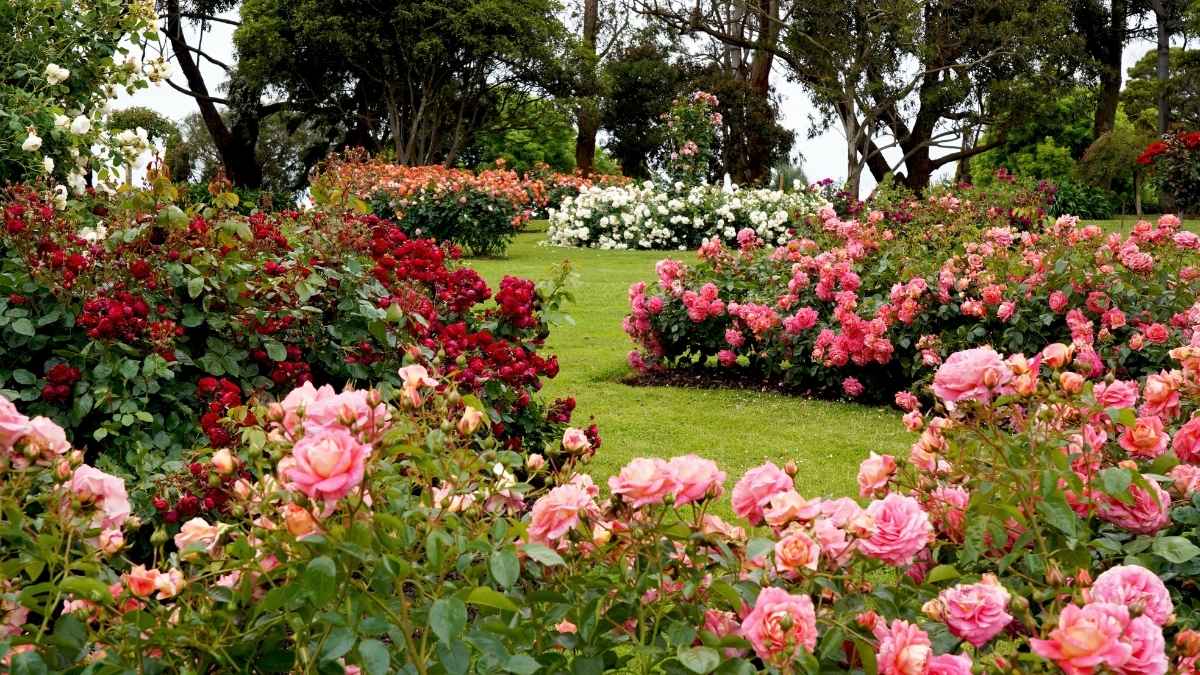You wake up to find your prized petunias nibbled down to stubs—again. It’s frustrating. You’re not alone. Millions of gardeners face this problem every year, wasting money and effort on plants that just become rabbit food.
But there is a better way. You don’t need ugly fencing or harsh chemicals. The real secret is to work with nature, not against it. This means choosing beautiful rabbit-resistant plants that they naturally avoid.
This list will show you 19 stunning options for a gorgeous flower garden full of plants rabbits don’t eat. We’ll also share simple tips to make your garden even less inviting to them. You can finally have a colorful yard that you, and not the rabbits, get to enjoy.
Why Do Rabbits Avoid Certain Plants?
Use these quick visuals to explain natural plant defenses, textures, and behavior patterns. Great for highlighting rabbit proof flowers and plants labeled deer and rabbit resistant.
Top Reasons Rabbits Skip Plants
-
Plant defenses — bitter compounds, strong scents, and toxic substances signal “do not eat.”Alkaloids Tannins Aromatics
-
Texture — fuzzy leaves and thick, fibrous stems are harder and less pleasant to chew.
-
Evolutionary adaptations — over time rabbits learn to avoid plants that make them sick or taste bad.
Quick Stats
Plants with high tannin content (e.g., lavender) naturally repel rabbits.
Seasonal Feeding Pattern
Scarcity increases browsing pressure; protect young or tender plants during lean periods.
Regional Preferences
Rabbit preferences shift with local flora and availability. Check regional guides and observe your neighborhood plantings.
Quick Checklist to Choose “Rabbit Proof” Plants
Note: Toxicity that deters rabbits may also affect pets or children—verify safety before planting.
19 Stunning Rabbit-Resistant Plants
Tired of rabbits treating your garden like their personal buffet? You plant beautiful flowers, and by morning they’re gone. Sound familiar? The good news is you don’t have to give up on a gorgeous garden. These 19 rabbit-resistant plants will help you create stunning displays that rabbits actually avoid.
1. Lavender
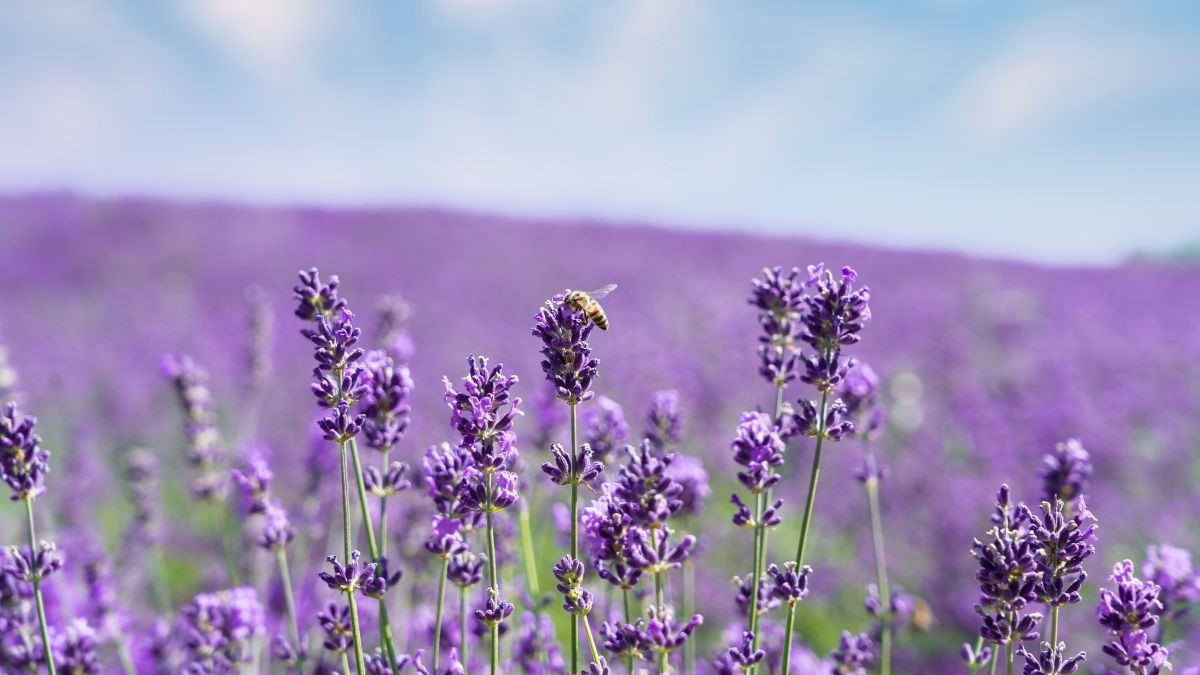
Purple-flowered beauty offers more than just good looks. Lavender’s strong aromatic oils make rabbits turn their noses up and hop away. The scent that we love actually overwhelms their sensitive noses.
Lavender thrives in full sun and well-draining soil. It’s drought tolerant once established, making it perfect for low-maintenance gardens. Plant it along pathways where you’ll brush against the fragrant foliage.
Try pairing lavender with other plants rabbits don’t eat like rosemary and catmint. The combination creates a fragrant barrier that protects more vulnerable plants behind it. Plus, bees and butterflies love visiting lavender blooms.
2. Marigolds
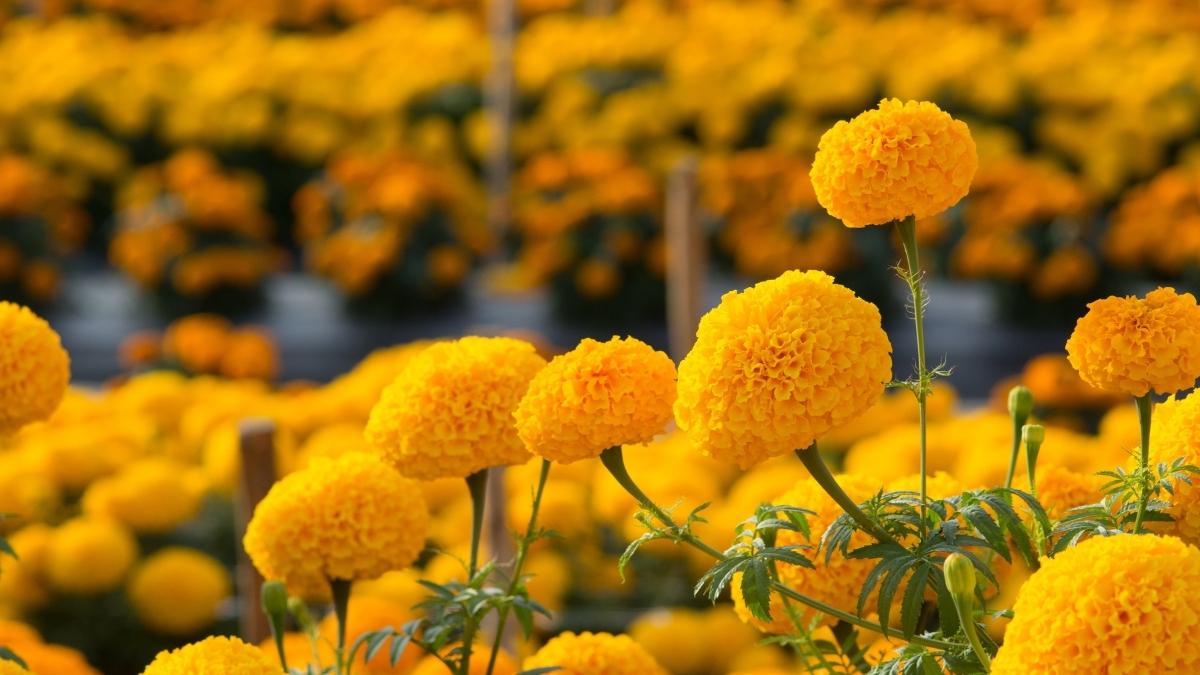
Cheerful orange and yellow flowers pack a pungent punch that keeps rabbits at bay. Their strong, spicy scent acts as a natural pest deterrent for rabbits and many insects too.
Marigolds love full sun and aren’t picky about soil. They’re heat tolerant and bloom all season long with regular deadheading. Plant them as borders around vegetable gardens for extra protection.
Companion plant marigolds with tomatoes, peppers, and other vegetables that rabbits enjoy. The marigolds act as bodyguards for your crops. You can also scatter them throughout flower beds to create colorful rabbit-free zones.
3. Salvia
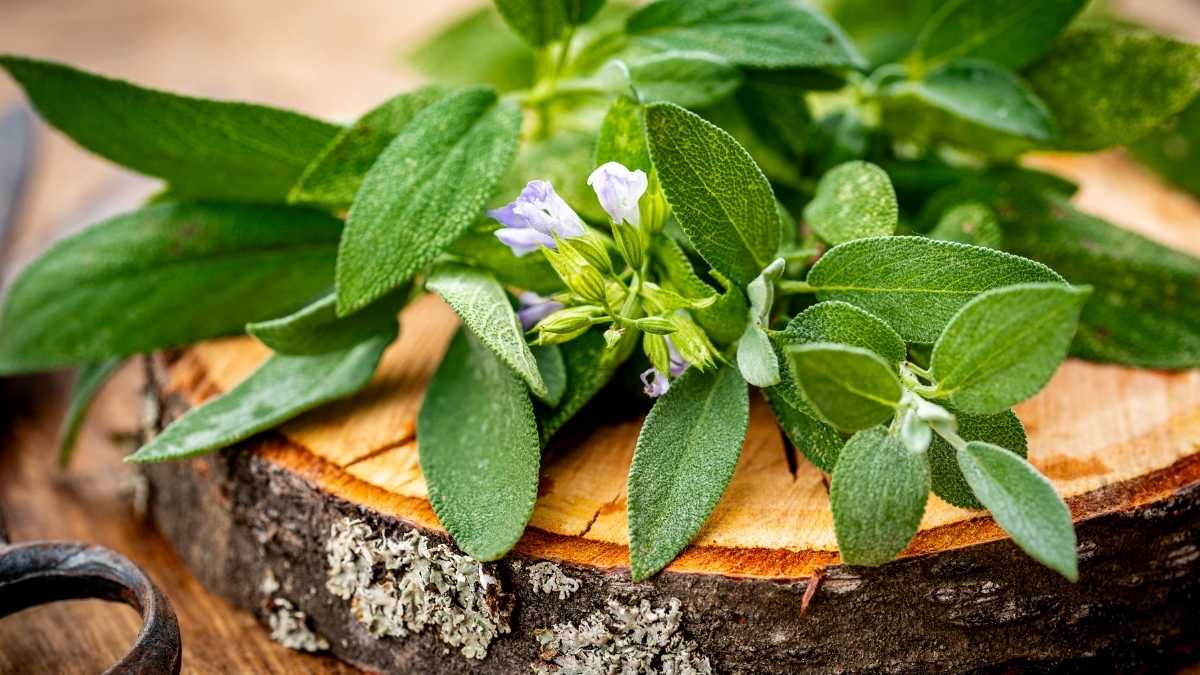
Spiky-flowered plant brings vertical drama to your garden while keeping rabbits away. The bitter taste in salvia leaves makes rabbits skip right past them. Hummingbirds, however, can’t get enough of the tubular blooms.
Most salvias prefer full sun and well-draining soil. They’re drought tolerant and bloom repeatedly if you cut back spent flowers. The upright growth habit adds height and structure to garden beds.
Plant salvias behind shorter rabbit-resistant plants like lamb’s ear. This creates layers of protection and visual interest. Red salvias look stunning next to silver-leafed plants, while purple varieties complement yellow flowers beautifully.
4. Catmint
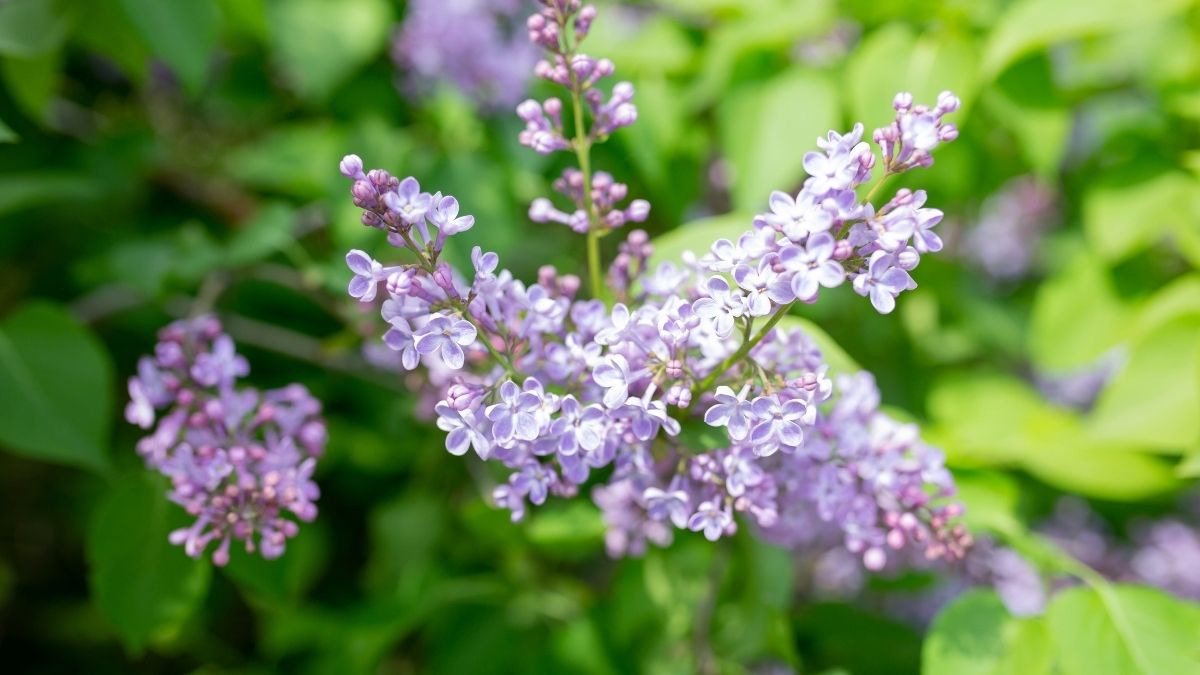
Don’t confuse this with catnip – catmint’s strong fragrance repels rabbits while creating clouds of tiny blue-purple flowers. It blooms for months, giving you long-lasting color and rabbit protection.
Catmint grows in full sun to partial shade and tolerates poor soil. Cut it back after the first flush of blooms to encourage a second wave of flowers. It spreads to form attractive clumps.
This plant makes an excellent edging along paths or garden borders. Pair it with roses – catmint helps repel aphids while the roses provide a beautiful backdrop. The gray-green foliage complements both warm and cool colored flowers.
5. Foxglove
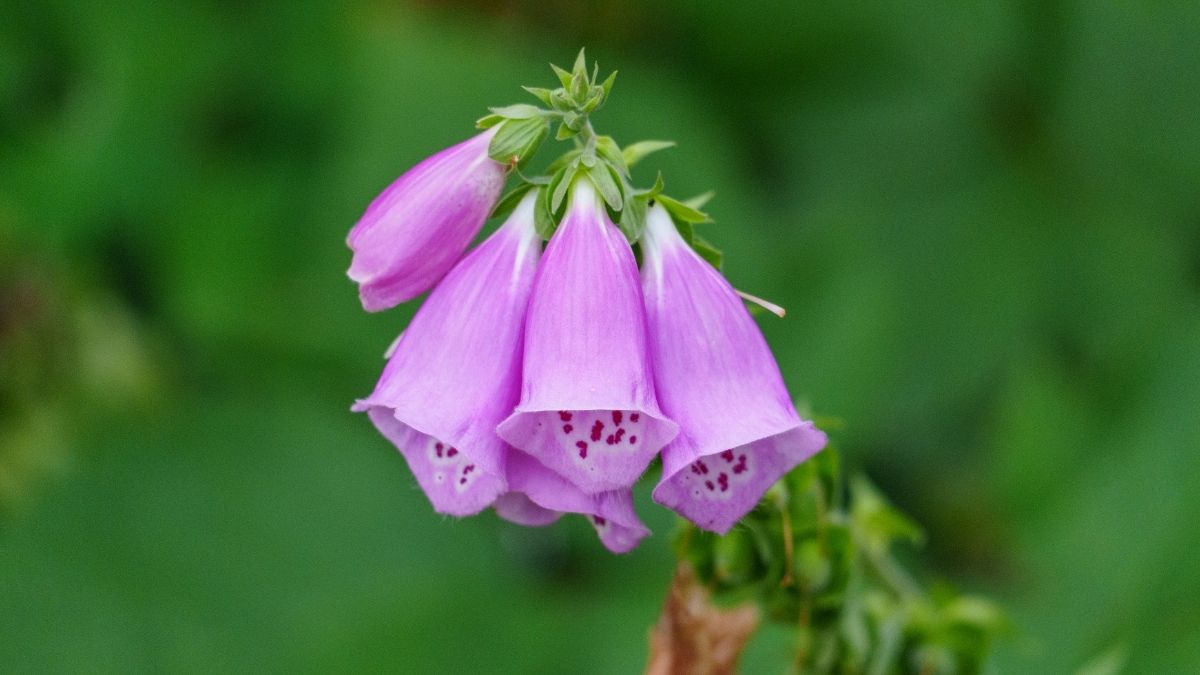
Tall spikes of bell-shaped flowers create cottage garden magic while keeping rabbits at a safe distance. Toxic compounds throughout the plant make it completely unappetizing to hungry rabbits.
Foxgloves prefer partial shade and moist, well-draining soil. They’re biennial, meaning they bloom in their second year. Plant new ones each year to ensure continuous blooms.
Use foxgloves as dramatic backdrops in shaded borders. They look gorgeous with hostas and ferns in woodland gardens. The tall spires add vertical interest behind lower-growing rabbit-resistant plants like hellebores.
6. Lamb’s Ear
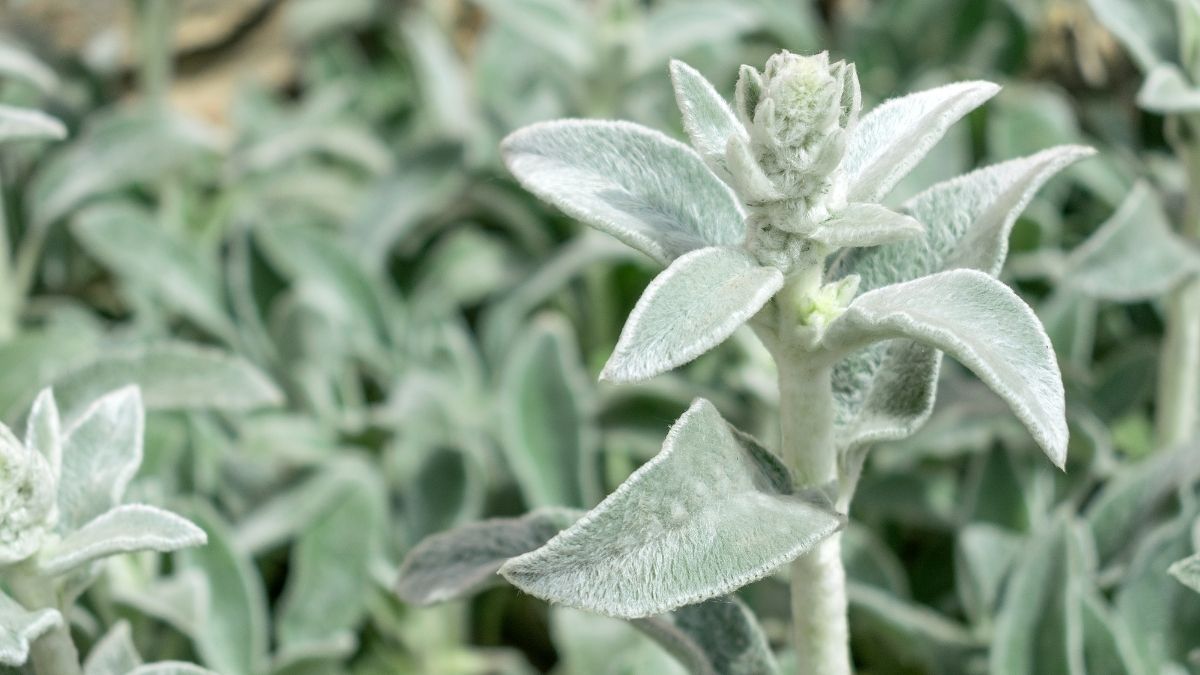
Fuzzy, silver leaves of lamb’s ear feel unpleasant to rabbits, who prefer smooth textures. This soft-looking but rabbit-proof plant creates beautiful silvery carpets in your garden.
Lamb’s ear thrives in full sun with well-draining soil. It’s drought tolerant and spreads to form attractive ground cover. Remove flower spikes if you prefer to keep the focus on the foliage.
This plant shines as edging or ground cover around plants rabbits don’t eat. The silver leaves make colorful flowers pop, especially purples, blues, and deep reds. It’s perfect for creating moonlight gardens with white flowers.
7. Russian Sage
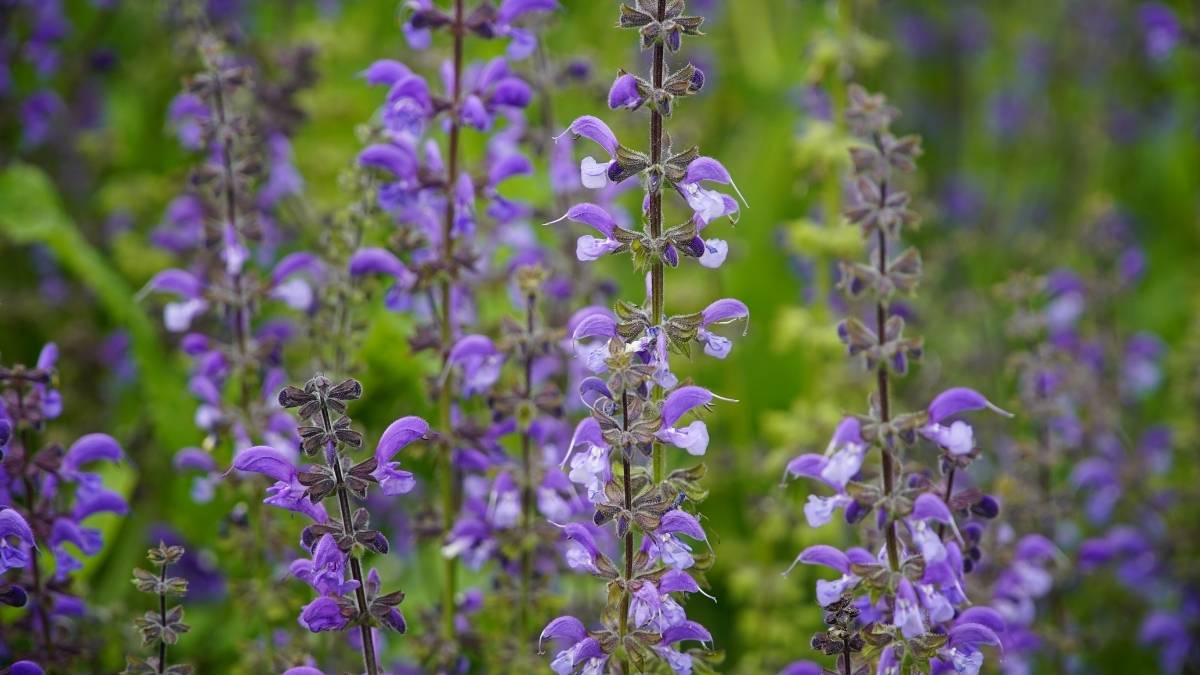
This airy, silver-leafed plant produces clouds of tiny purple flowers that rabbits avoid thanks to its aromatic foliage. It provides late-season color when many other plants are fading.
Russian sage loves full sun and well-draining soil. It’s extremely drought tolerant once established. Cut it back hard in late winter to encourage bushy growth and more blooms.
Use Russian sage as a backdrop for shorter rabbit-resistant plants. It pairs beautifully with ornamental grasses and other drought-tolerant perennials. The misty purple flowers soften harsh garden edges and create a natural, wild look.
8. Bee Balm
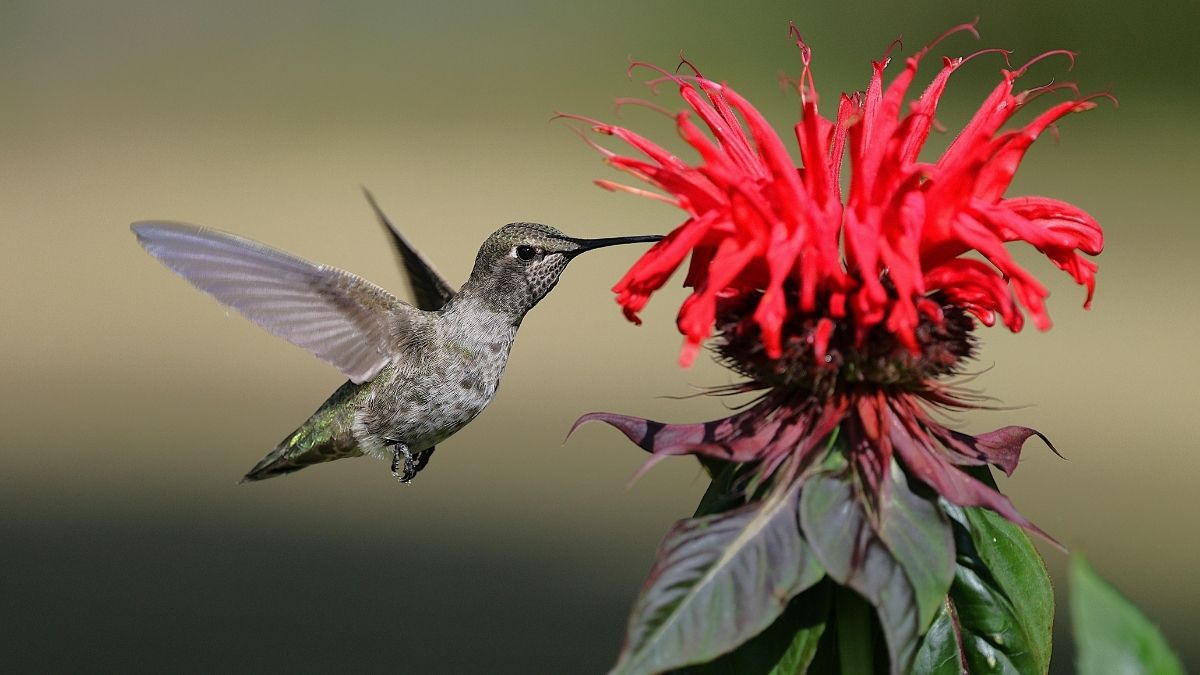
Minty scent of bee balm keeps rabbits away while attracting beneficial pollinators to your garden. These shaggy, colorful flowers bloom in shades of red, pink, purple, and white.
Bee balm grows best in full sun to partial shade with consistent moisture. Good air circulation helps prevent powdery mildew. Divide clumps every few years to prevent overcrowding.
Plant bee balm in wildflower gardens or naturalized areas where its spreading habit is welcome. It looks great with other cottage garden favorites like salvia and catmint. The flowers are excellent for cutting and bring butterflies and hummingbirds to your yard.
9. Yarrow
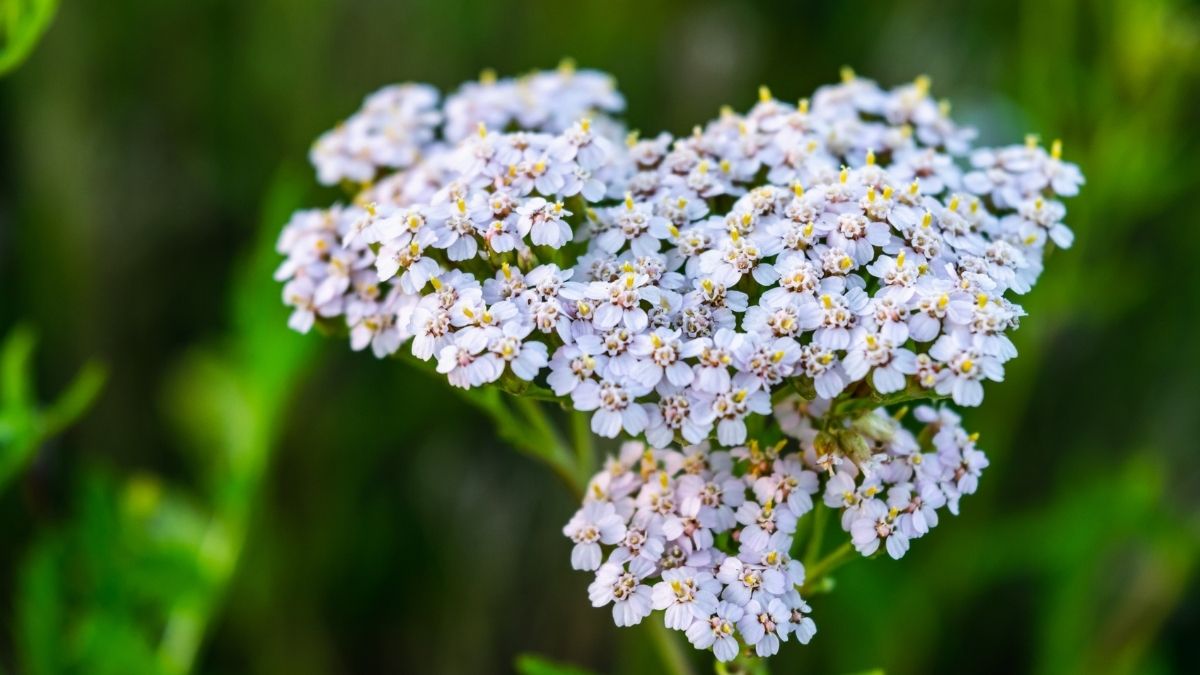
Bitter taste of yarrow leaves makes rabbits look elsewhere for dinner. This tough perennial produces flat-topped flower clusters that last for weeks and make excellent cut flowers.
Yarrow thrives in full sun and tolerates poor, dry soil better than rich, moist conditions. It’s incredibly low maintenance once established. Deadhead regularly to encourage more blooms.
This plant works well in wildflower meadows and cottage gardens. The flat flower tops provide landing pads for beneficial insects. Pair yarrow with ornamental grasses and other drought-tolerant plants rabbits don’t eat for a natural prairie look.
10. Snapdragons
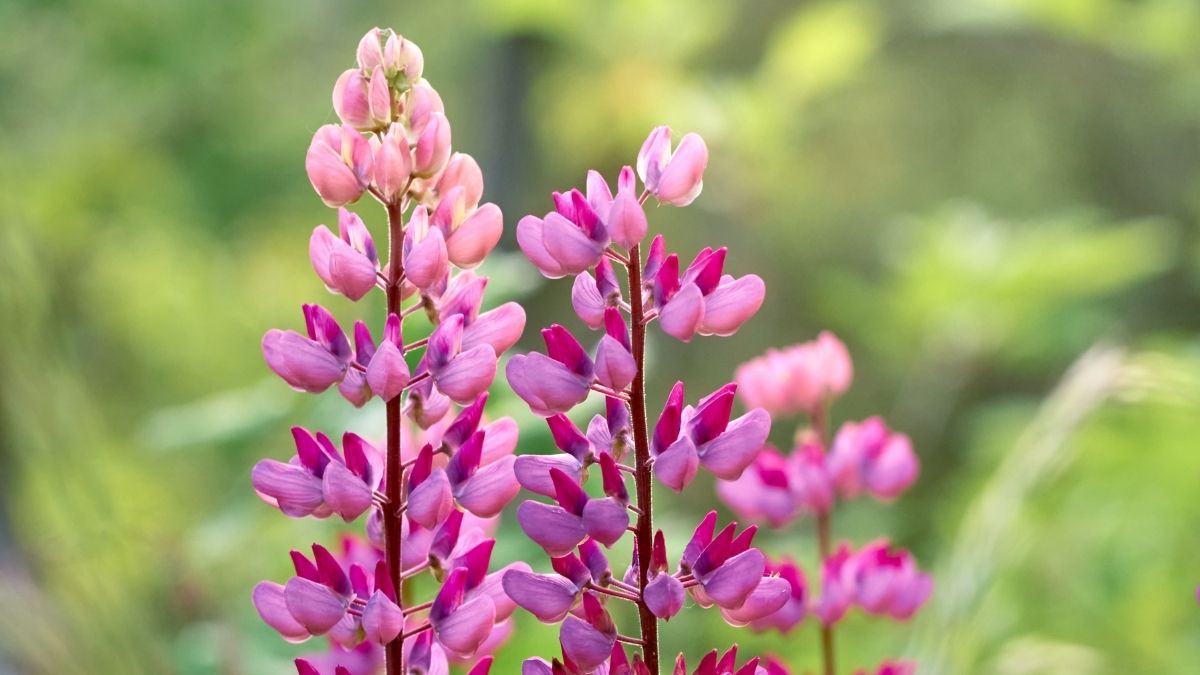
Upright flowers have tough, sturdy stems that rabbits find difficult to bite through. The vertical spikes add height and color to garden beds while staying rabbit-resistant.
Snapdragons prefer cool weather and full sun to partial shade. They bloom best in spring and fall when temperatures are moderate. Plant them as annuals in most climates.
Use snapdragons for vertical interest in mixed borders. They work well behind lower-growing plants and create beautiful cut flower arrangements. Choose tall varieties for back-of-border plantings and shorter ones for container gardens.
11. Cleome
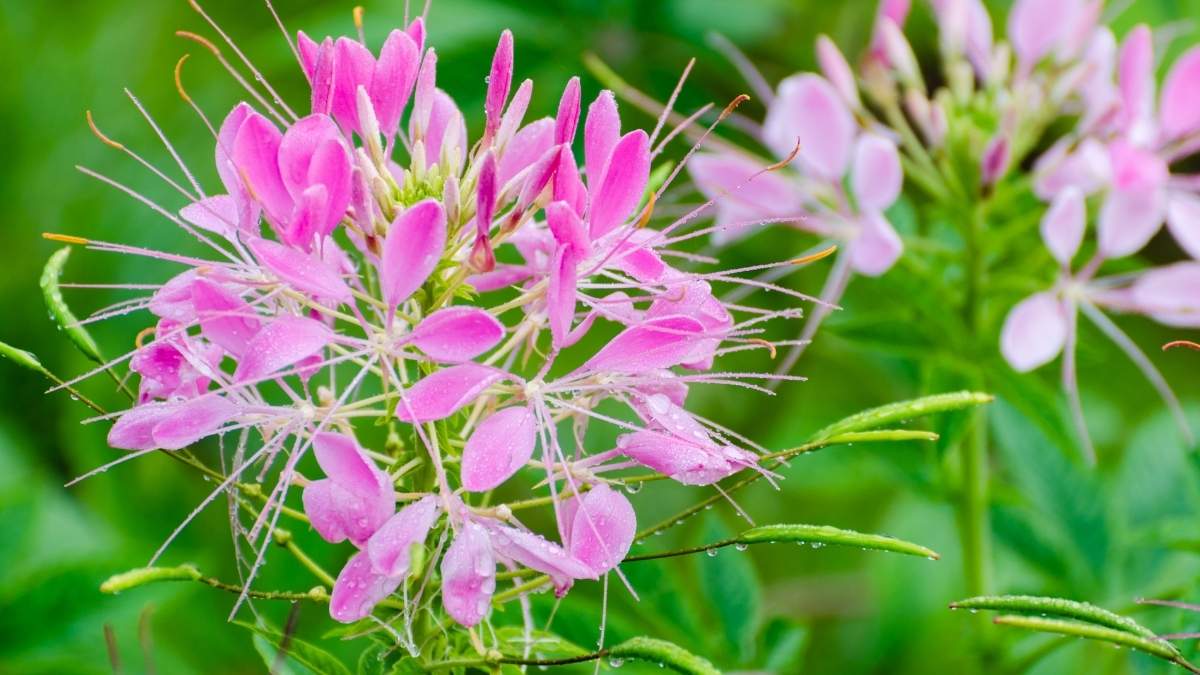
Also called spider flower, cleome has thorny stems that rabbits prefer to avoid. This self-seeding annual produces unique, airy flowers that add tropical flair to gardens.
Cleome loves heat and full sun. It tolerates poor soil and drought once established. The plants self-seed readily, giving you new plants each year without replanting.
Plant cleome in the back of borders where its tall growth won’t shade shorter plants. The unusual flowers look great in cottage gardens and wildlife areas. Let some plants go to seed to attract birds and ensure next year’s display.
12. Zinnia
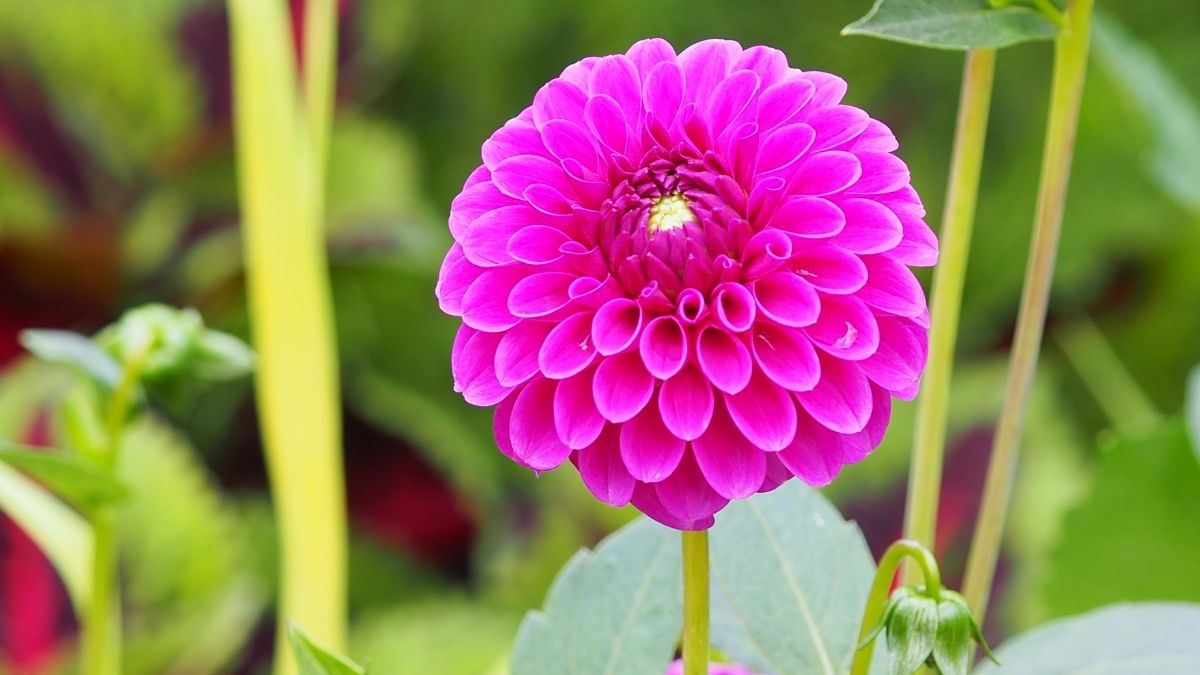
The colorful annuals have thick, sturdy stems that rabbits find tough to chew. Zinnias bloom continuously all summer long, providing reliable color in rabbit-resistant gardens.
Zinnias thrive in full sun and well-draining soil. They’re heat and drought tolerant once established. Deadhead spent blooms to encourage continuous flowering throughout the season.
Use zinnias for bright splashes of color in vegetable gardens and cutting gardens. They make excellent companion plants for vegetables that rabbits typically target. The flowers attract butterflies and other beneficial insects to your garden.
13. Peony
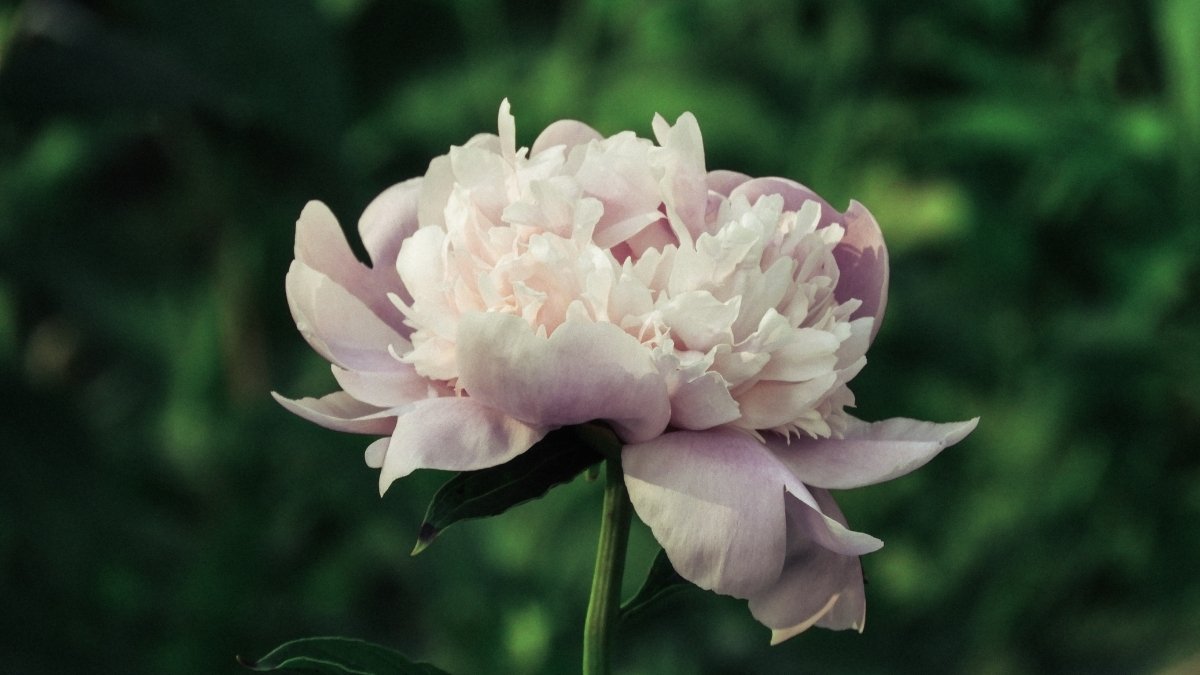
Spring spectacles contain bitter compounds that keep rabbits at bay. The large, showy blooms and attractive foliage make peonies garden stars that rabbits won’t touch.
Peonies prefer full sun and well-draining soil. Plant them at the right depth – eyes should be only 2 inches below soil surface. Once established, they can bloom for decades in the same spot.
Use peonies as anchor plants in perennial borders. Their spring blooms are followed by attractive foliage that looks good all season. Plant them with other spring bloomers like daffodils for an early season rabbit-resistant display.
14. Iris
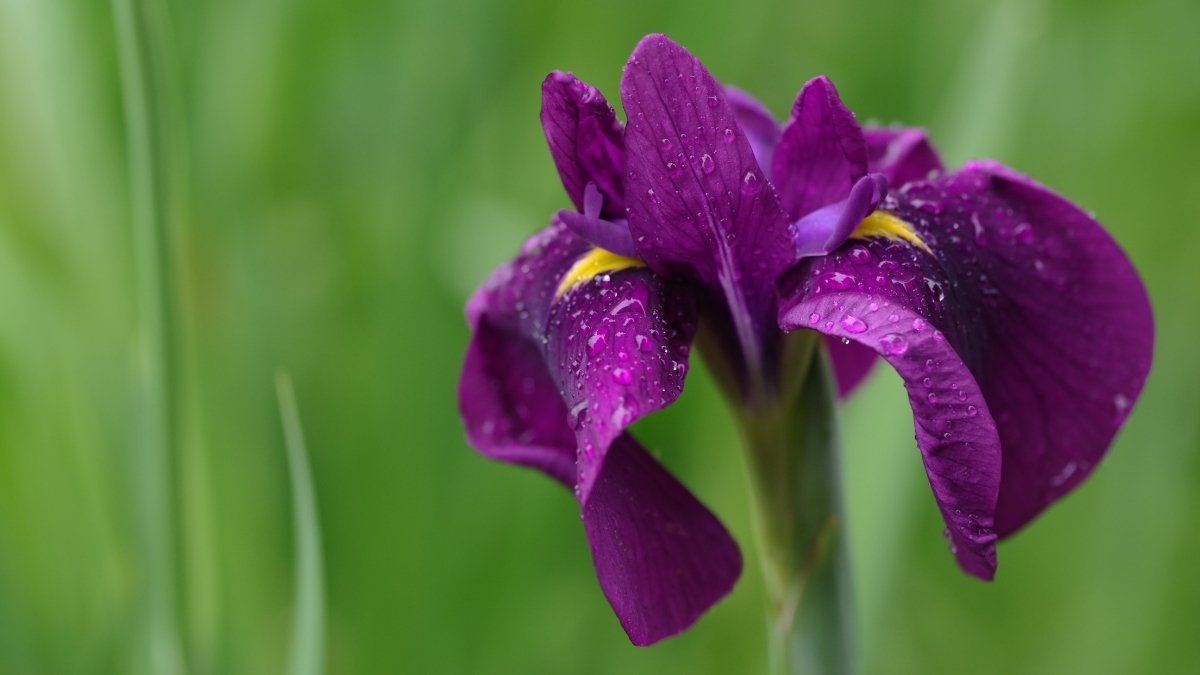
Sword-like leaves of iris contain toxic compounds that rabbits instinctively avoid. These elegant flowers add sophisticated beauty to gardens while staying completely rabbit-proof.
Most iris prefer full sun and well-draining soil. Bearded iris need good air circulation to prevent rot. Divide clumps every 3-4 years to maintain vigorous blooming.
Iris work beautifully as structural plants in formal gardens. Their upright form contrasts nicely with rounded plants like catmint. Plant different varieties to extend the blooming season from early spring through summer.
15. Daffodils
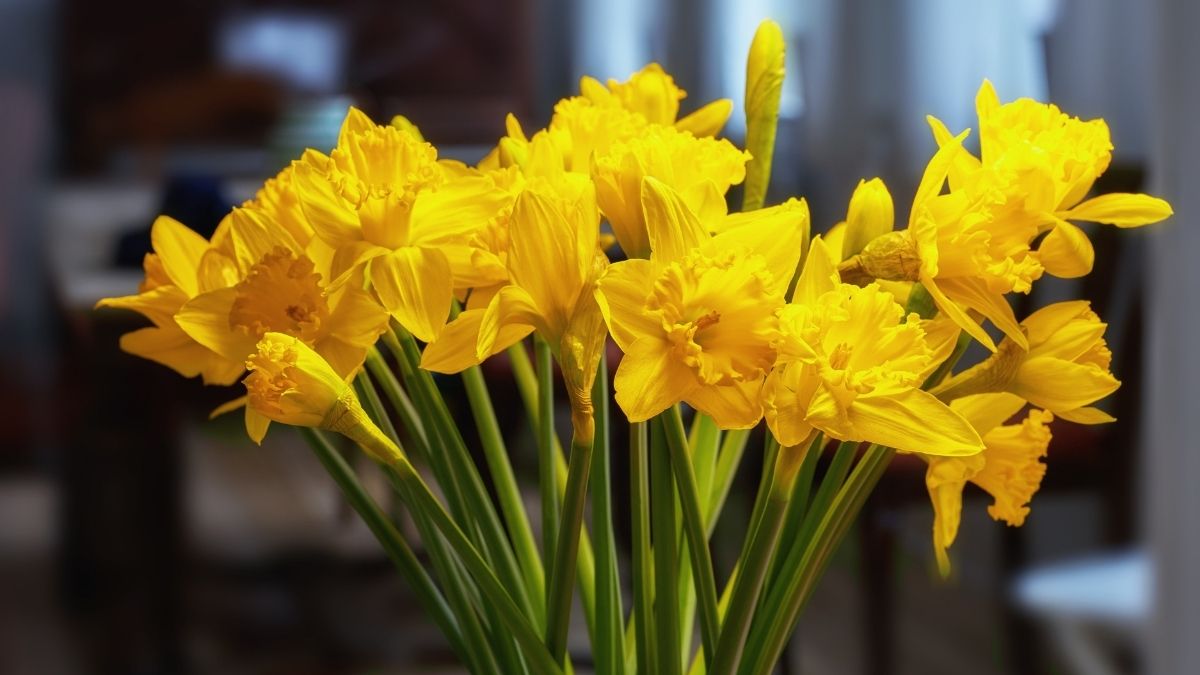
Early spring bloomers contain toxic compounds in their bulbs that rabbits and other animals avoid completely. They’re one of the most reliable rabbit-resistant plants you can grow.
Daffodils prefer full sun to partial shade and well-draining soil. Plant bulbs in fall for spring blooms. Let the foliage die back naturally to feed the bulbs for next year’s show.
Use daffodils for early season color when little else is blooming. They naturalize well in grass or woodland areas. Plant them with other spring bulbs like alliums for extended rabbit-resistant spring color.
16. Alliums
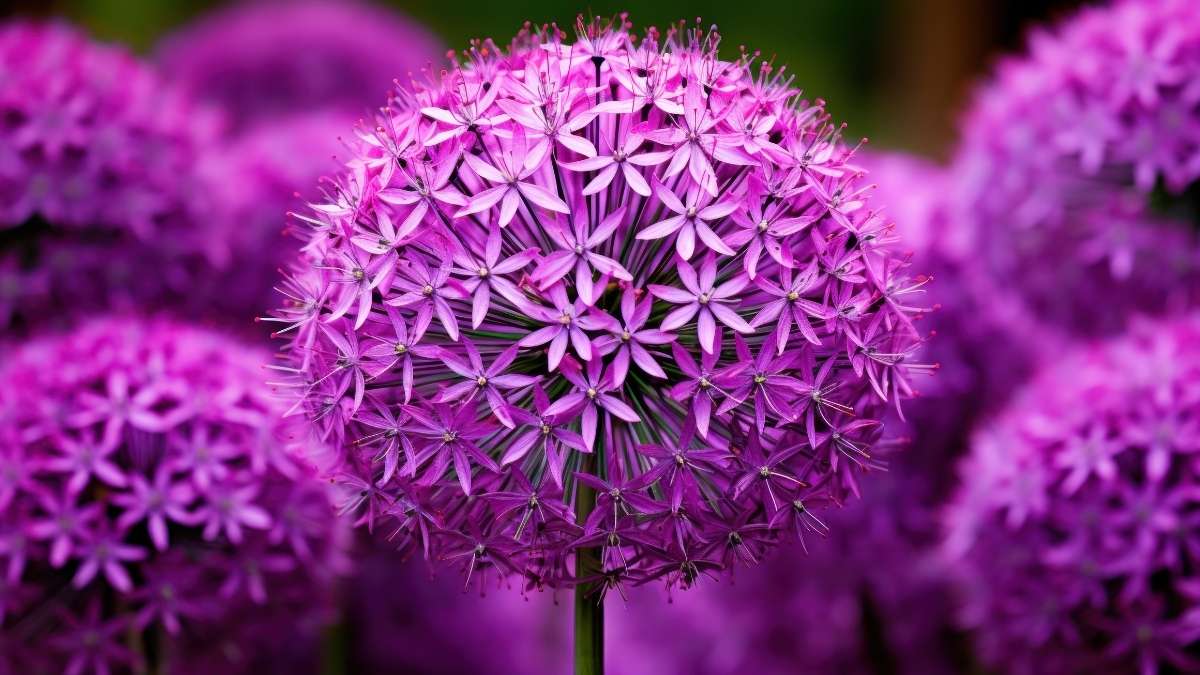
These members of the onion family have a pungent scent that rabbits find offensive. The architectural, globe-shaped flowers add unique beauty to gardens while providing excellent rabbit protection.
Alliums prefer full sun and well-draining soil. Plant bulbs in fall for late spring to early summer blooms. The seed heads are attractive and can be left for winter interest.
Use alliums as accent plants among other perennials. Their spherical flowers create interesting focal points in garden beds. They look particularly stunning rising above low-growing plants like lamb’s ear or catmint.
17. Bleeding Heart
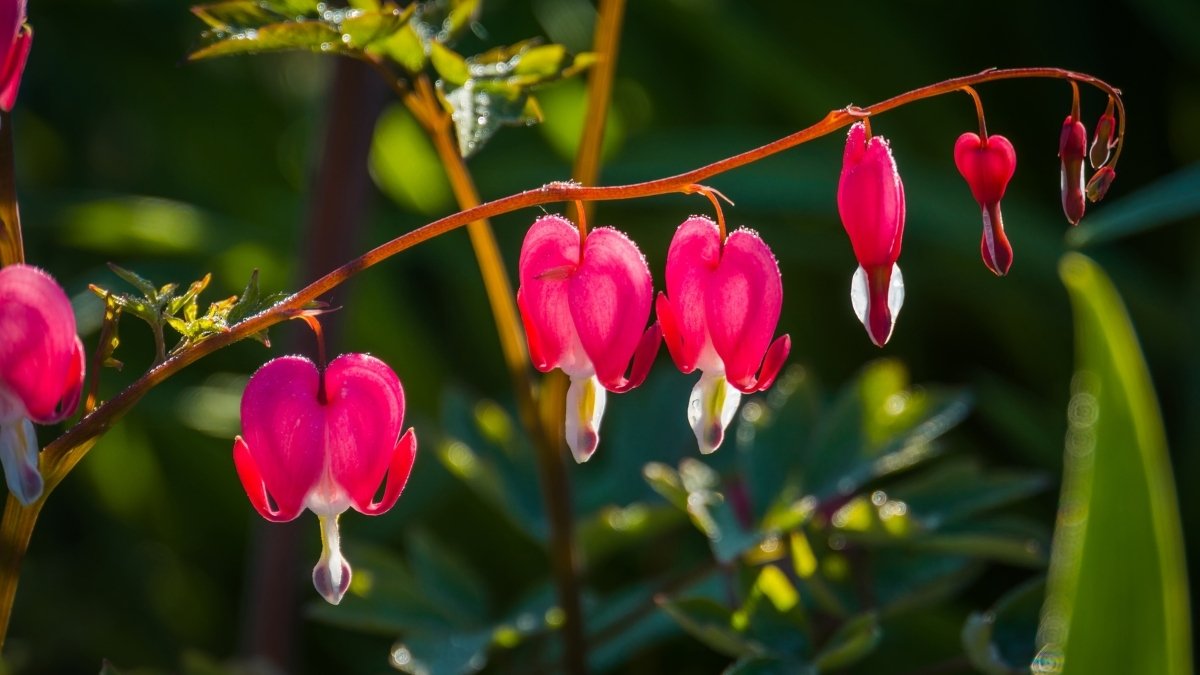
The toxic sap in bleeding heart plants makes them completely unpalatable to rabbits. These shade-loving perennials produce heart-shaped flowers that add romantic charm to woodland gardens.
Bleeding hearts prefer partial to full shade and moist, well-draining soil. They may go dormant in hot summer weather, so plant them with other shade perennials to fill the space.
These plants excel in shade gardens where rabbit problems are often worse. Combine them with ferns and hostas for a lush woodland look. The pink or white flowers brighten dark corners of the garden.
18. Hellebore
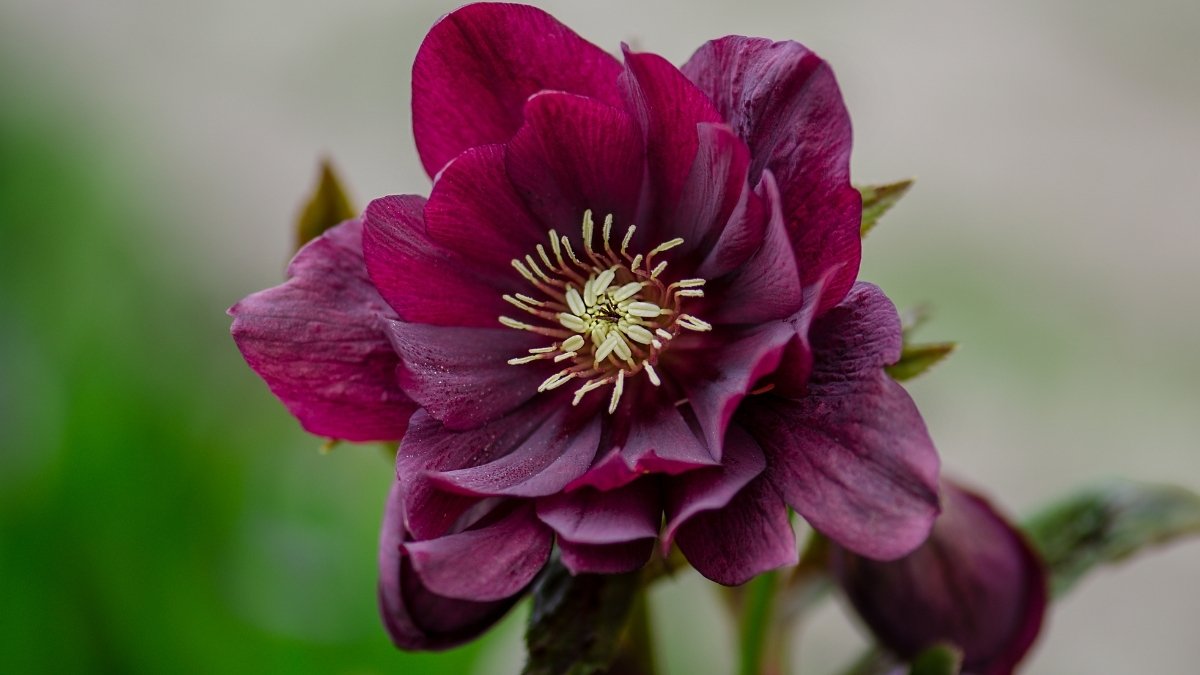
Winter-blooming perennials are toxic throughout, making them completely rabbit-resistant. Also called Christmas rose, they provide color when almost nothing else is blooming.
Hellebores prefer partial shade and well-draining soil enriched with organic matter. They’re evergreen in mild climates and provide year-round interest. Remove old foliage in late winter before new growth emerges.
Use hellebores for winter interest in shaded areas. They bloom when gardens are otherwise dormant, providing valuable early nectar for pollinators. Plant them with other shade-loving, rabbit-resistant plants for a low-maintenance garden area.
19. Rosemary
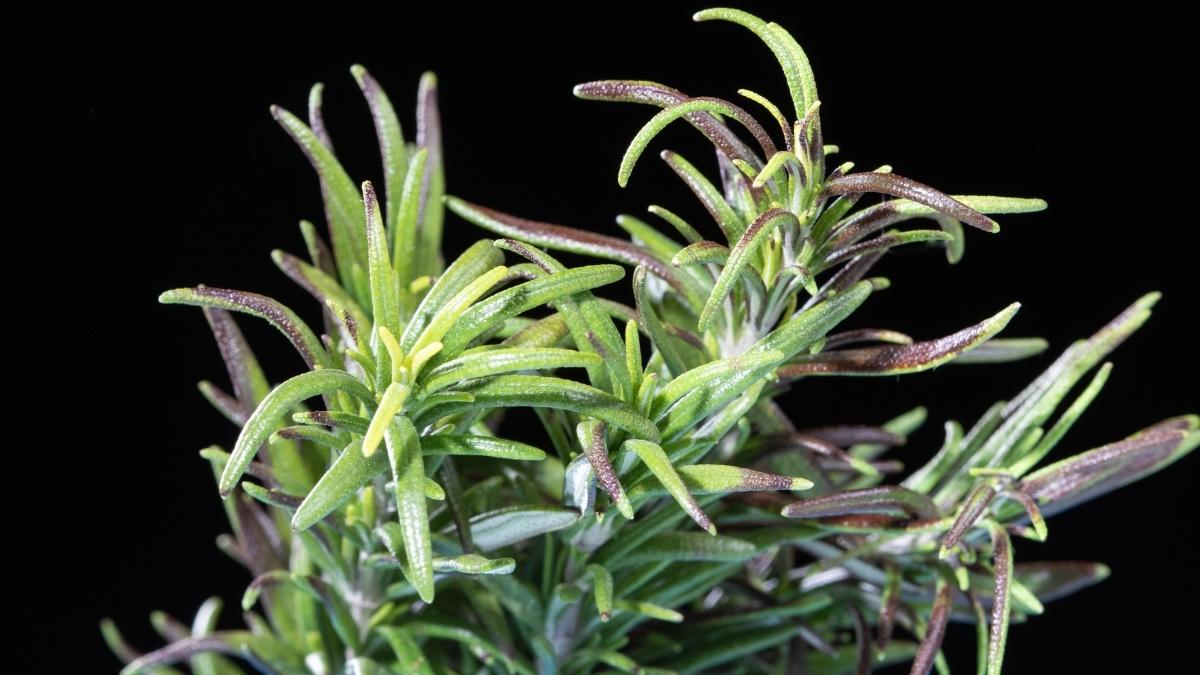
Aromatic herb combines beauty with function while keeping rabbits away. The strong oils in rosemary foliage are overwhelming to rabbit noses, but perfect for your kitchen.
Rosemary thrives in full sun and well-draining soil. It’s drought tolerant once established but may need winter protection in cold climates. Regular harvesting keeps plants bushy and productive.
Plant rosemary near outdoor seating areas where you can enjoy the fragrance and easily harvest for cooking. It pairs beautifully with lavender and other Mediterranean herbs. The needle-like foliage provides textural contrast in garden beds.
These plants rabbits don’t eat prove you can have a beautiful, thriving garden even with hungry rabbits nearby. Mix several varieties for the best protection and most stunning displays. Your garden will be both gorgeous and rabbit-resistant.
Conclusion
You don’t have to choose between pretty flowers and a rabbit-free yard. By using rabbit-resistant plants, you can have both. This approach is your best bet for long-term success. It’s a simple way to protect your hard work.
A garden like this has great bonuses. Many of these plants are also loved by bees and butterflies. They often need less water and care, too. This saves you time.
Your next step is easy. Don’t feel you must redo everything at once. Start small this season. Pick three to five rabbit-resistant plants you like. Add them to your garden beds. You will be one step closer to a thriving, beautiful flower garden that rabbits will leave alone.

